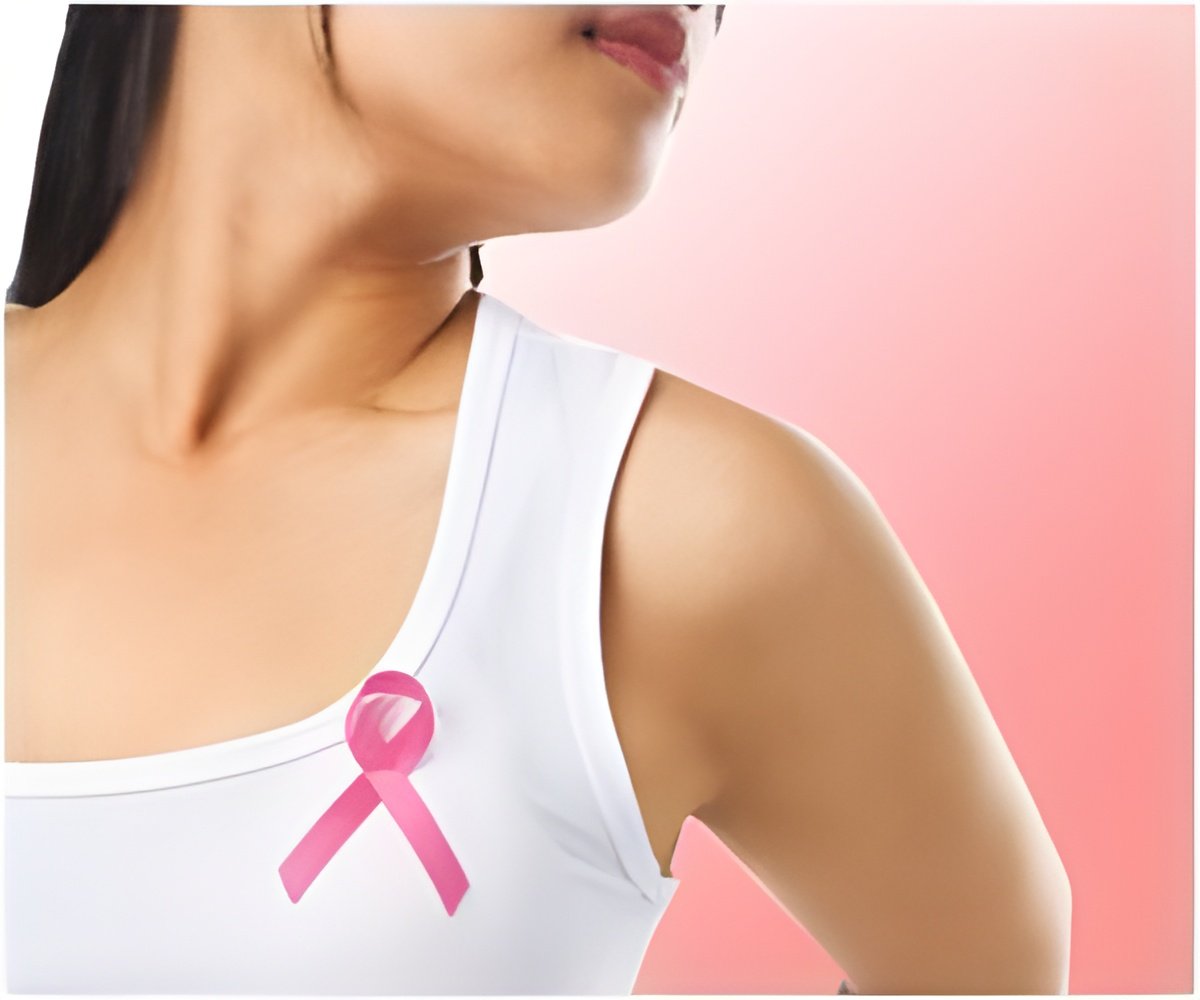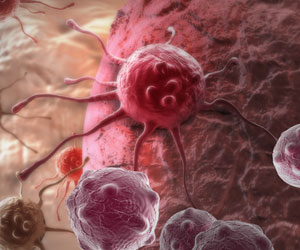Dense tissue makes tumors harder to spot on mammograms, and researchers suggest that women should seek other screening alternatives.

‘Breast cancer survivors with dense breasts were observed to have almost a two-fold increased risk of developing contralateral breast cancer (CBC).
’





"We know there are a number of well-established influences for developing both primary and secondary breast cancers, such as BRCA mutations, family history, and the tumor's estrogen receptor status," explained Bedrosian from Breast Surgical Oncology. "We also know density is a risk factor for the development of primary breast cancer. However, no one has closely looked at it as a risk factor for developing contralateral disease," Bedrosianadded.
Each woman was placed into four categories of breast density: almost entirely fat, mostly fat, moderately dense and predominantly dense. Of the selected patients, 229 were cases and 451 were controls. The MD Anderson researchers categorized each patient's breast density by mammogram reading, assessed at the time of first diagnosis, as "nondense" or "dense," using the categorizations from the American College of Radiology.
Among the cases, 39.3% were classified as having nondense breast tissue and 60.7% as having dense breast tissue, compared to 48.3% and 51.7%, respectively, in the controls. After adjusting for known breast cancer risk factors, the researchers found almost a two-fold increased risk of developing CBC in breast cancer survivors with dense breasts.
In the long-term, the researchers hope to use this tool to counsel patients on their personal risk and their options for treatment and surveillance, if their risk is sufficiently high.
Source-ANI















